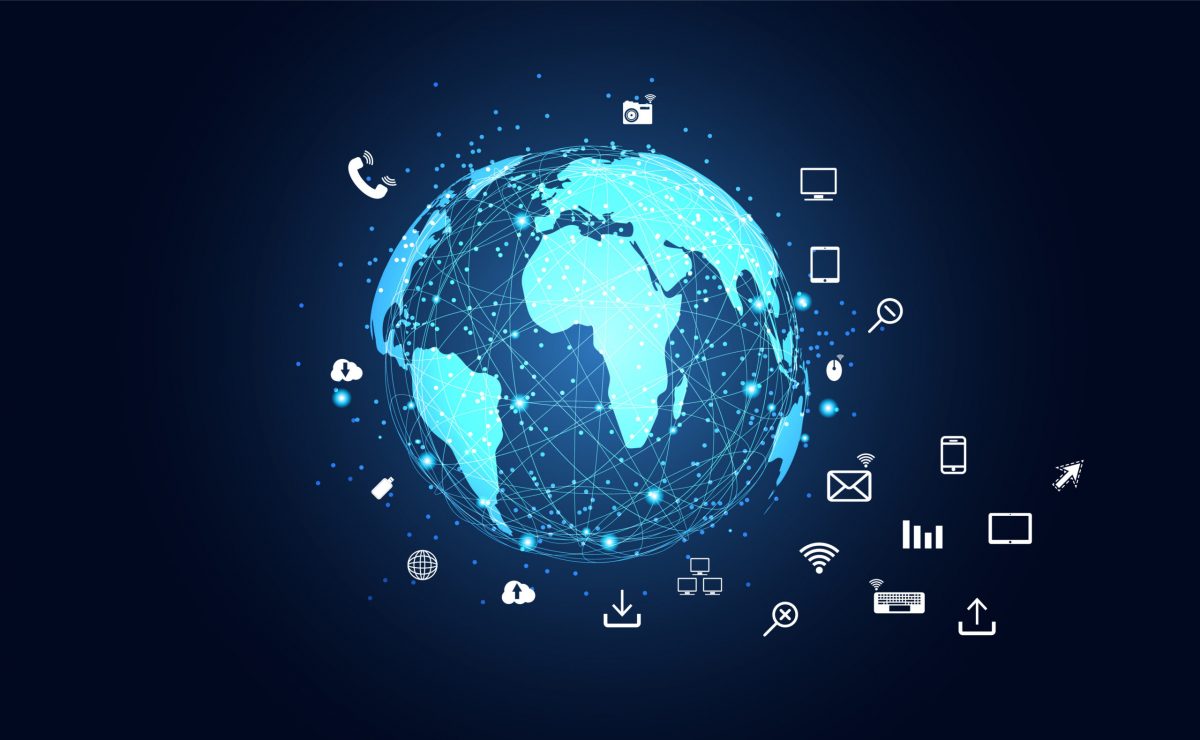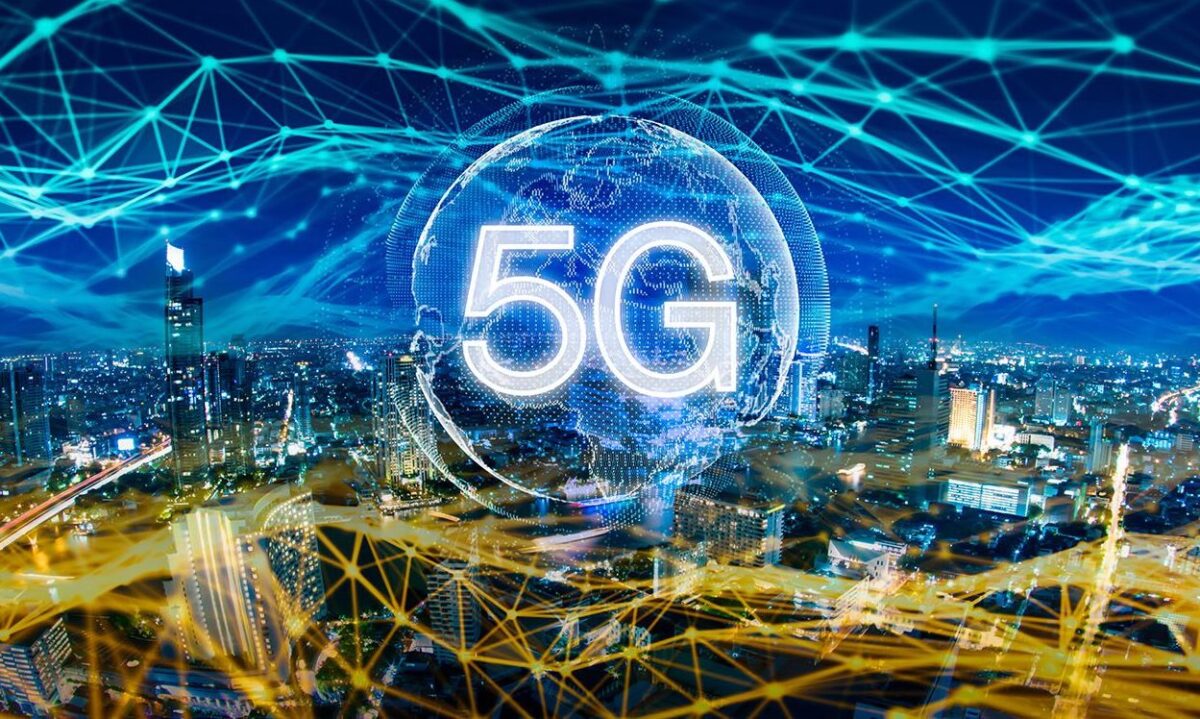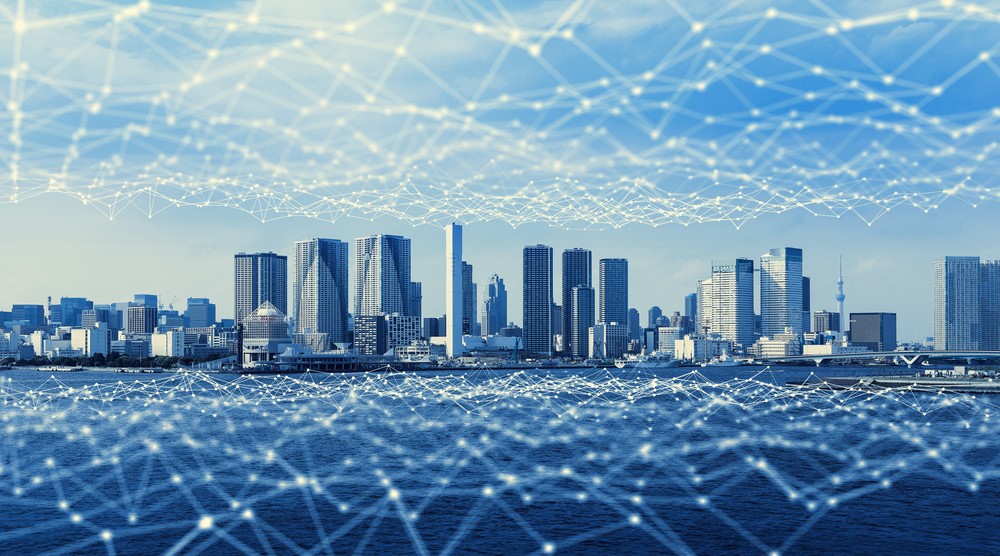4.75/5 (4) 5G is front-page news. While the debates in countries and continents are ongoing for whether Huawei should be banned from building the 5G networks (Keane, n.d.), the negativity essentially distracts businesses from its opportunities. No matter which company will install the network, being it Huawei, Ericsson or Nokia, 5G will certainly soon be widespread, and companies should already consider its opportunities. Larger companies already anticipate on the benefits of 5G, as in the case of autonomous driving, of which 5G is a key requirement (Form et al., n.d.), and where a large advertising and entertainment market is predicted (Iansiti et al., 2018). How are 5G advances expected to change daily life, and can companies tap into its fruitful benefits?
5G connects
5G is expected the shape and reshape many industries. Key to these advances is the faster and reliable connectivity that 5G offers. IoT devices can communicate with each other in an astounding fashion. I have mentioned autonomous driving in the introduction, but there are many more examples of 5G’s influence, such as logistics – using robotics in combination with 5G – and even agriculture (Reisinger, 2020). However, unless you work in farming or in a warehouse, you will not notice much of it, besides faster delivery and cheaper vegetables.
The most significant felt developments will most likely be in transport, cities and retail experiences. With regards to transportation, an interconnected network of traffic and public transport will be fueled by 5G. For instance, think of an interconnected system, where traffic lights are connected to cars, adjusting to traffic, where data about parking spots are monitored and shared in real-time, and where public transport (e.g. subways, trams) is interconnected for more effective public transit (Intel Corporation, n.d.a). With these efficiencies, it is expected that, because of 5G, 250M of commuting hours will be saved by 2035 (Lanctot et al., 2017).
With regards to retail, new in-store experiences, in-store analytics and supply chain efficiencies will boost the Smart Retail Market’s size to approximately $58.23 billion by 2025 (Grand View Research, 2018). Consumers will experience personalized shopping in physical locations. AI, powered by 5G efficiencies, can detect customer moods and therefore detect the need for assistance. Further, shopping can be personalized, by connecting to personal data – in combination with smart signage – in order to provide targeted offers and discounts. Further possibilities range from 5G powered autonomous stores, delivery efficiencies and connected pop-up shops (Intel Corporation, n.d.b).
Opportunities
A few hub firms – such as Google, Apple and Amazon – will most likely take advantage of the 5G possibilities early on, and try to expand their platforms even more. Therefore, integrating your business with these platforms and gaining exposure will be increasingly important. For instance, in the case you can order your self-driving car to the nearest best-option restaurant via Google or you commute via Apple and would like to have lunch, being the top option is going to be more important than ever.
With 5G, it is possible to provide consumers a personalized experience at a physical store or location. At the moment, this experience is only available in the online space. Retail companies in a variety of industries as well as developers could tap into this opportunity by start thinking of ways to personalize stores and connect digital with physical. For instance, cameras, in combination with face recognition software, could monitor customers’ responses to certain products, which triggers real-time personal recommendations with the use of the 5G network.
For this to happen, retailers and manufacturers should re-investigate their data potential. The presence and usefulness of consumer data can increasingly influence the competitiveness of an enterprise in the physical sphere. Collecting and leveraging it early can provide a head-start. Therefore, a strong online presence now is going to be fundamental for the ‘new’ physical presence in the near future.
Going physical
Certainly, more aspects of life will be influenced by the appearance of 5G. The online sphere will be more and better connected, leading to better services on that front, just like 4G has done. However, 5G is going to be different than 4G, in the sense that the physical world will be influenced to a much larger extent. The interconnectivity of 5G will provide efficiencies and an enormous data potential that ranges from better commute to personalized physical shopping. Companies should be aware of these opportunities by gaining exposure, gathering data early on, and developing ways to connect physical with digital.
References
Form, A., Born, M., Freyberg, A. and Scheck, F. (n.d.). 5G: a key requirement for autonomous driving—really? [online] Kearney. Available at: https://www.kearney.com/communications-media-technology/article/?/a/5g-a-key-requirement-for-autonomous-driving-really- [Accessed 9 Sep. 2020].
Grand View Research (2018). Smart Retail Market Size Worth $58.23 Billion By 2025. [online] Grand View Research. Available at: https://www.grandviewresearch.com/press-release/global-smart-retail-market [Accessed 9 Sep. 2020].
Iansiti, M., & Lakhani, K. R. 2018. Managing our hub economy. Harvard Business Review, 96(1), 17-17.
Intel Corporation (n.d.a). Intel Infographic: 5G Smart Cities. [online] Intel. Available at: https://www.intel.com/content/www/us/en/wireless-network/5g-smart-cities-infographic.html [Accessed 9 Sep. 2020a].
Intel Corporation (n.d.b). This Is 5G Revolutionizing Retail On Intel. [online] Intel. Available at: https://www.intel.com/content/www/us/en/wireless-network/5g-technology/5g-retail.html [Accessed 9 Sep. 2020b].
Keane, S. (n.d.). Huawei ban timeline: India will reportedly phase Huawei gear out as border tensions rise. [online] CNET. Available at: https://www.cnet.com/news/huawei-ban-full-timeline-us-restrictions-china-trump-executive-order-android-google-ban/ [Accessed 9 Sep. 2020].
Lanctot, R., Ambrosio, C., Cohen, H. and Riches, I. (2017). Accelerating The Future: The Economic Impact Of The Emerging Passenger Economy. [online] Strategy Analytics. Strategy Analytics. Available at: https://newsroom.intel.com/newsroom/wp-content/uploads/sites/11/2017/05/passenger-economy.pdf [Accessed 9 Sep. 2020].
Reisinger, D. (2020). How 5G promises to revolutionize farming. [online] Fortune. Available at: https://fortune.com/2020/02/28/5g-farming/.



